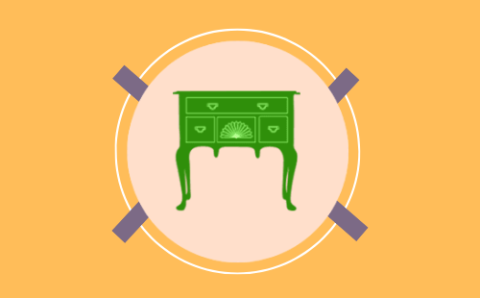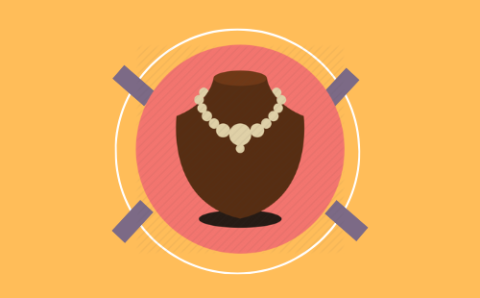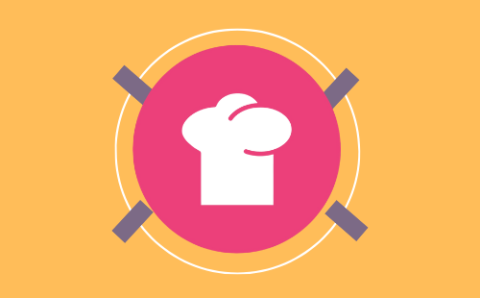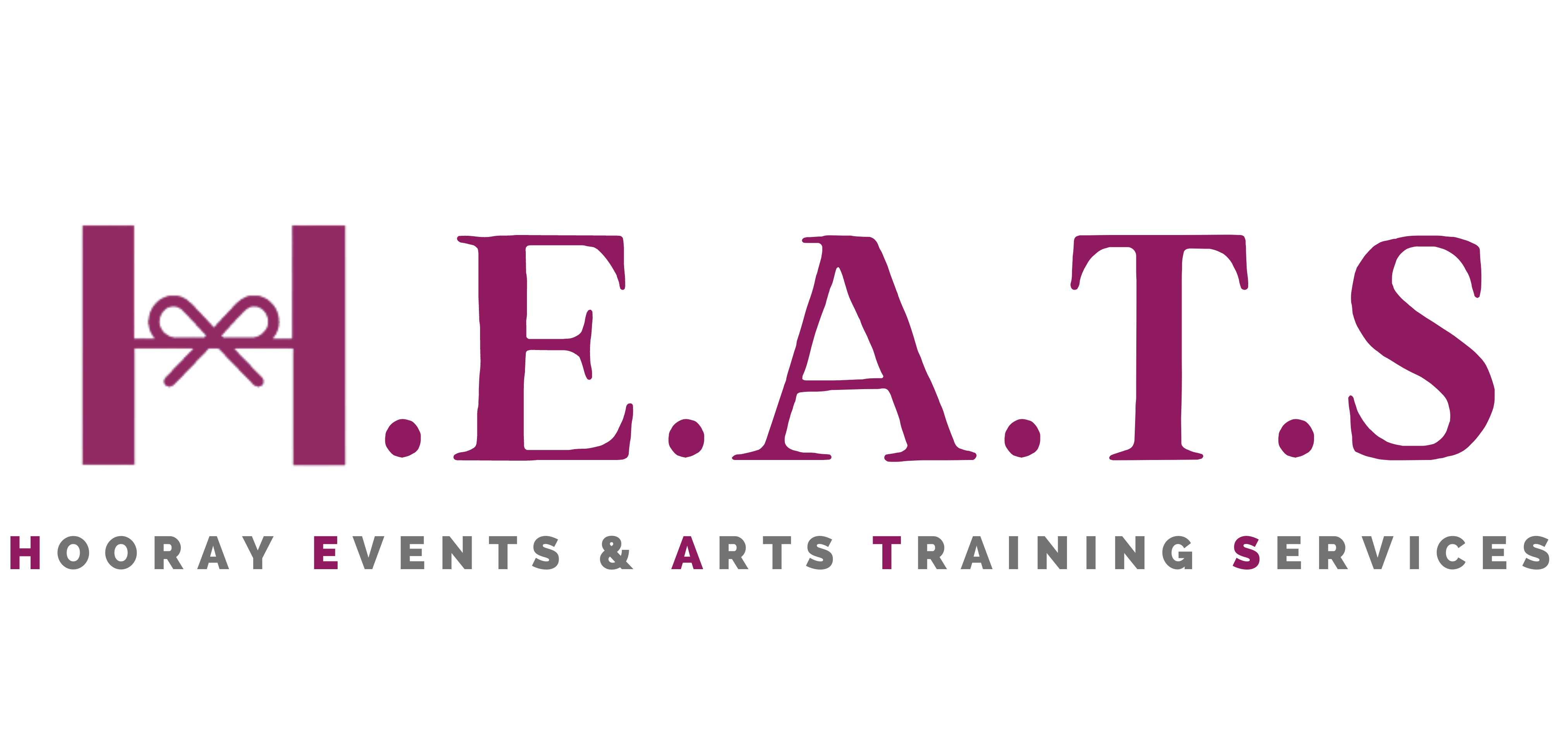Fashion Designer
May 28, 2018 2022-09-05 8:05Fashion Designer
Fashion Designer
Fashion Designer
Fashion designers use their technical perspective and creative flair to work on designs for new and original clothing
As a fashion designer, you’ll research current fashion trends, forecasting what will be popular with consumers, and take inspiration from the world around you to create fresh and original designs.
You’ll decide on fabrics, colours and patterns, produce sample designs and adjust them until you’re happy with the final product.
You may work to your own brief or be given a brief to work towards, with specifications relating to colour, fabric and budget. In large companies, you’re likely to work as part of a team of designers, headed by a creative director, whereas if working for a small company as sole designer or for yourself, you’ll be responsible for all the designs.
You’ll typically specialise in one area of design, such as sportswear, childrenswear, footwear or accessories.
Types of fashion designer
The main areas of work for fashion designers are:
- high street fashion – this is where the majority of designers work and where garments are mass manufactured (often in Europe or East Asia). Buying patterns, seasonal trends and celebrity catwalk influences play a key role in this design process. It’s a commercial, highly media-led area to work in.
- ready-to-wear – established designers create ready-to-wear collections, produced in relatively small numbers.
- haute couture – requires large amounts of time spent on the production of one-off garments for the catwalk. Designs usually endorse the brand and create a ‘look’.
Responsibilities
Tasks depend on the market you’re working for, but you’ll typically need to:
- create or visualise an idea and produce a design by hand or using computer-aided design (CAD)
- create moodboards to show to clients
- keep up to date with emerging fashion trends as well as general trends relating to fabrics, colours and shapes
- plan and develop ranges, often based on a theme
- work with others in the design team, such as buyers and forecasters, to develop products to meet a brief
- liaise closely with sales, buying and production teams on an ongoing basis to ensure items suit the customer, market and price points
- understand design from a technical perspective, i.e. producing patterns and technical specifications for designs
- visit trade shows and manufacturers to source, select and buy fabrics, trims, fastenings and embellishments
- adapt existing designs for mass production
- develop a pattern that is cut and sewn into sample garments and supervise the creation of these, including fitting, detailing and adaptations
- oversee production
- negotiate with customers and suppliers
- showcase your designs at fashion and other trade shows
- work with models to try out your designs and also to wear them on the catwalk at fashion shows
- manage marketing, finances and other business activities, if working on a self-employed basis.
Experienced designers with larger companies may focus more on the design aspect, with pattern cutters and machinists preparing sample garments. In smaller companies these, and other tasks, may be part of the designer’s role.
Salary
- Starting salaries in the fashion industry are often low. Design assistants may start at around £16,000 to £18,000.
- A junior designer can expect to earn approximately £25,000 a year.
- Typical salaries at senior designer and creative director level range from around £42,000 to in excess of £85,000.
Salaries vary depending on your level of experience, geographical location and type of employer.
Income figures are intended as a guide only.
Working hours
Working hours typically include regular extra hours to meet project deadlines.
What to expect
- The working environment varies between companies, from modern, purpose-built office or a small design studio. Freelance designers may work from home or in a rented studio.
- With the increase in online retailing, setting up in business or being self-employed is becoming more common, even straight after graduation. Extensive market research and business acumen are critical for any fashion business to succeed.
- The majority of opportunities are available in London and the South East and some large towns and cities in the North West and Scotland, with pockets of industry in the Midlands.
- Career success relies on a combination of creativity, perseverance, resilience and good communication and networking skills.
- There are opportunities to travel to meet suppliers, research new trends and to attend trade and fashion shows, either in the UK or abroad.
Qualifications
Fashion design is a very competitive industry and you’ll typically need a degree, HND or foundation degree in a subject that combines both technical and design skills. Relevant subjects include:
- art and design
- fashion and fashion design
- fashion business
- fashion buying, marketing and communication
- garment technology
- graphic design
- textiles and textile design.
As you research courses, carefully look at the subjects covered, links the department has with the fashion industry and opportunities available for work placements, showcasing your work and building your portfolio.
Some courses are endorsed by ScreenSkills via their Tick Accreditation scheme as offering industry-relevant teaching. For a list of accredited courses related to fashion, see ScreenSkills Tick Courses.
Although you don’t need a postgraduate qualification, you may want to develop your skills in a particular area such as fashion design management, menswear or footwear.
If your degree is unrelated, you’ll need to get experience in the industry or a related area, such as fashion retail. You may want to consider taking a postgraduate qualification in fashion or textile design. Search postgraduate courses in fashion and textile design.
Entry without a degree is sometimes possible if you have a background in fashion or art and design, but you’ll need to get experience in the industry to develop your expertise.
Skills
You’ll need to show:
- creativity, innovation and flair
- an eye for colour and a feel for fabrics and materials
- the ability to generate ideas and concepts, use your initiative and think outside the box
- design and visualisation skills, either by hand or through computer-aided design (CAD)
- technical skills, including pattern cutting and sewing
- garment technology skills and knowledge
- a proactive approach
- commercial awareness and business orientation
- self-promotion and confidence
- interpersonal, communication and networking skills
- the ability to negotiate and to influence others
- team working skills
- good organisation and time management.
Work experience
Getting work experience is vital and experience of any kind in a design studio will help you develop your skills and build up a network of contacts within the industry. Experience in retail can be useful too.
During your degree, take opportunities to develop your portfolio through work placements and internships, either in the UK or abroad. Some courses include a sandwich year in a fashion company. This type of placement can offer the opportunity to work on a more extensive project in industry.
Volunteer at fashion events or set up your own fashion show and make contact with photographers looking for fashion designers. Make the most of degree shows to showcase your work and visit fashion and trade shows, such as London Fashion Week, to pick up ideas and tips.
Employers will expect to see a portfolio that clearly demonstrates your ability to design and produce garments and accessories.
Employers
The majority of fashion and clothing designers work for high street stores and independent labels. They may be employed at an in-house design studio, based in either a manufacturing or retail organisation.
Others work in specialist design studios, serving the couture and designer ready-to-wear markets, and their work may include producing designs for a number of manufacturing or retailing companies.
However, the top design houses are a relatively small market compared with the high street fashion sector.
Some fashion designers find work overseas with designers based in Europe and the USA. A directory of fashion contact details, including companies and fashion organisations around the world, can be found at Apparel Search.
Opportunities exist for self-employment. Freelance fashion designers can market their work through trade fairs and via agents, or by making contact directly with buyers from larger businesses or niche clothing outlets.
A number of organisations offer specific training and support for setting up a fashion business. The British Fashion Council provides a range of initiatives, and courses and online resources on how to run your own creative business are offered by The Design Trust.
Competition for design jobs is intense throughout the industry, particularly in womenswear design.
Look for job vacancies at:
Employment opportunities are often secured via speculative applications and effective networking. It’s important to try to build relationships with more established designers and companies, whether you’re seeking permanent or freelance openings.
Recruitment agencies, specialist publications and fashion networks are an important source of contacts and vacancies. Specialist recruitment agencies that represent different market levels include:
Discover 5 ways to get into fashion design.
Professional development
The culture of the industry is very much that people learn on the job. However, self-development is important throughout your career, and you’ll need to take responsibility for keeping your skills and knowledge up to date.
Initially, any training is likely to be related to learning about the practical processes that your employer uses and covering any relevant technological developments. Larger firms may provide business and computer training, which could include computer-aided design (CAD) or other specialist software, such as Photoshop and Illustrator.
Reading the trade press and fashion blogs, attending trade and fashion shows, and visiting suppliers are also important for keeping up to date with trends and fashions.
A range of specialist short courses and one-day workshops related to fashion are offered by the London College of Fashion, part of the University of the Arts London. It’s also possible to take a Masters to develop your skills in a particular area of fashion, such as fashion management, pattern and garment technology, or womenswear.
Career prospects
How your career develops will depend on the specific area of design you trained in, the work experience you’ve built up and your professional reputation. Another influencing factor will be the type of company you work for and the opportunities for career development within it.
Progression may be slow, particularly at the start of your career. Being proactive and making contacts in the industry is essential, especially in a sector where people frequently move jobs in order to progress their career and where there is a lot of pressure to produce new ideas that are commercially viable.
Typically, you’ll begin your career as an assistant.
Progression is then to a role with more creative input, involving proposing concepts and design ideas, although you’re unlikely to have much influence on major decisions.
With several years’ design experience, progression is possible through senior designer roles to the position of head designer or creative director. At this level, you’ll have considerable responsibility for overall design decisions and influences for the range, but as this is a management position others will do the actual design work.
Technical director and quality management positions represent alternative progression routes. Other career options in the fashion industry include:
- colourist
- fashion illustrator
- fashion predictor
- fashion stylist
- pattern cutter/grader.
Fashion designers are increasingly becoming involved in homeware and gift design, which can open up new career paths.
There are also opportunities for self-employment or moving into related occupations, such as retail buying, photography, fashion styling or journalism.
Find out how Sophie became a handbag designer at BBC Bitesize.
June 2022







